The Independent's journalism is supported by our readers. When you purchase through links on our site, we may earn commission.
12 last-minute Easter breaks for couples, families and solo travellers
The long weekend presents an opportunity for some affordable late getaways
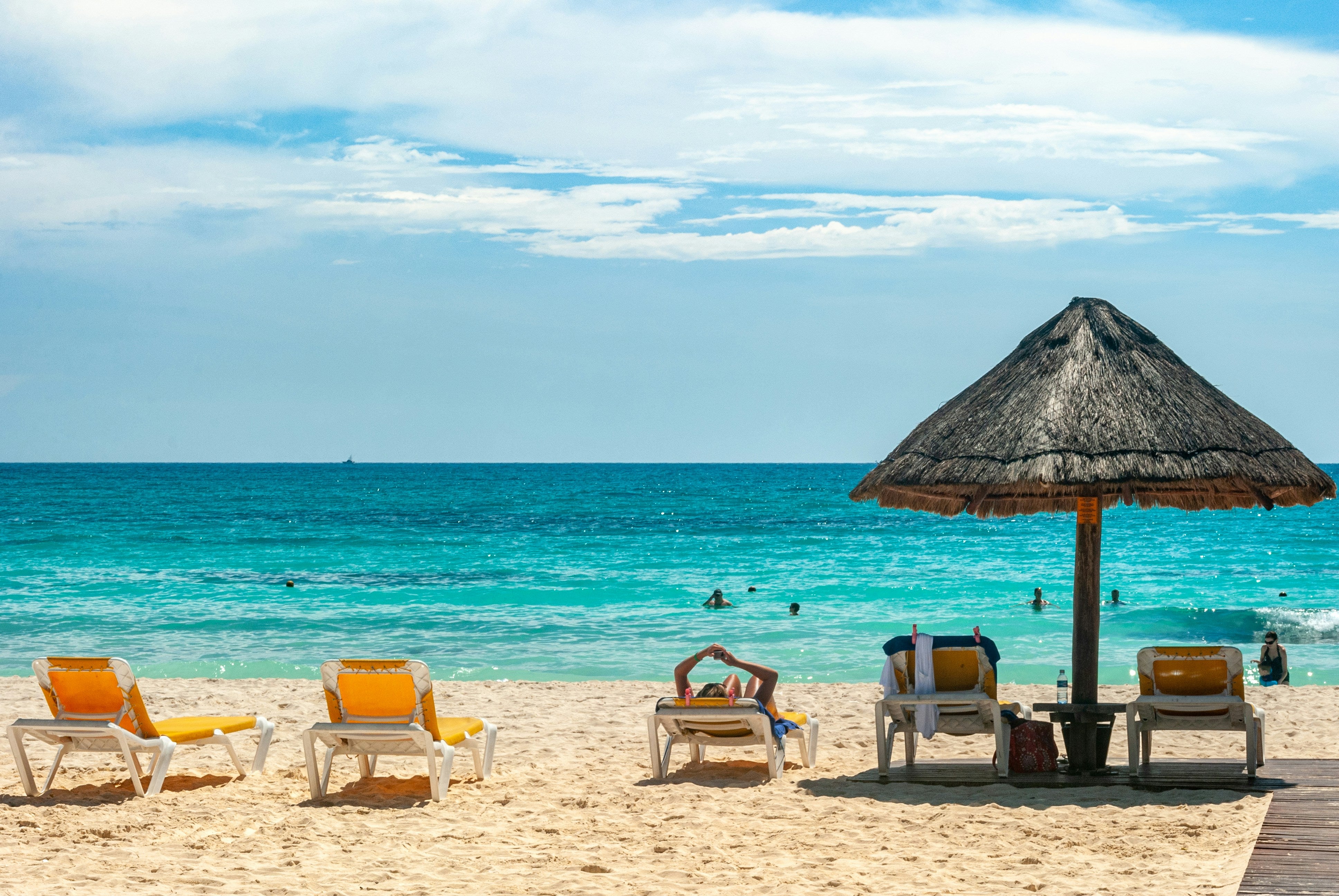
Your support helps us to tell the story
From reproductive rights to climate change to Big Tech, The Independent is on the ground when the story is developing. Whether it's investigating the financials of Elon Musk's pro-Trump PAC or producing our latest documentary, 'The A Word', which shines a light on the American women fighting for reproductive rights, we know how important it is to parse out the facts from the messaging.
At such a critical moment in US history, we need reporters on the ground. Your donation allows us to keep sending journalists to speak to both sides of the story.
The Independent is trusted by Americans across the entire political spectrum. And unlike many other quality news outlets, we choose not to lock Americans out of our reporting and analysis with paywalls. We believe quality journalism should be available to everyone, paid for by those who can afford it.
Your support makes all the difference.Easter is just around the corner but never fear, it’s not to late to book a last-minute trip. Whether you’ve got just the long weekend to play with, or can use some leave along with the bank holidays to take a longer break, Easter is a great time to escape abroad.
European city break destinations are at their best at this time of year; warm enough to offer a taste of summer yet not so hot that sightseeing becomes a challenge. And beach destinations – whether on the continent or further afield – are less busy than in summertime, meaning that nabbing your favourite sunlounger is an altogether more pleasant experience, and it’s easier to find a table in that picturesque waterfront restaurant.
Here’s our roundup of top places to spend the Easter weekend and beyond. Whether you’re a solo traveller on the hunt for adventure, a couple looking for new experiences to share, or a family with kids to entertain during the school holidays, we’ve got a great break for you.
Lisbon
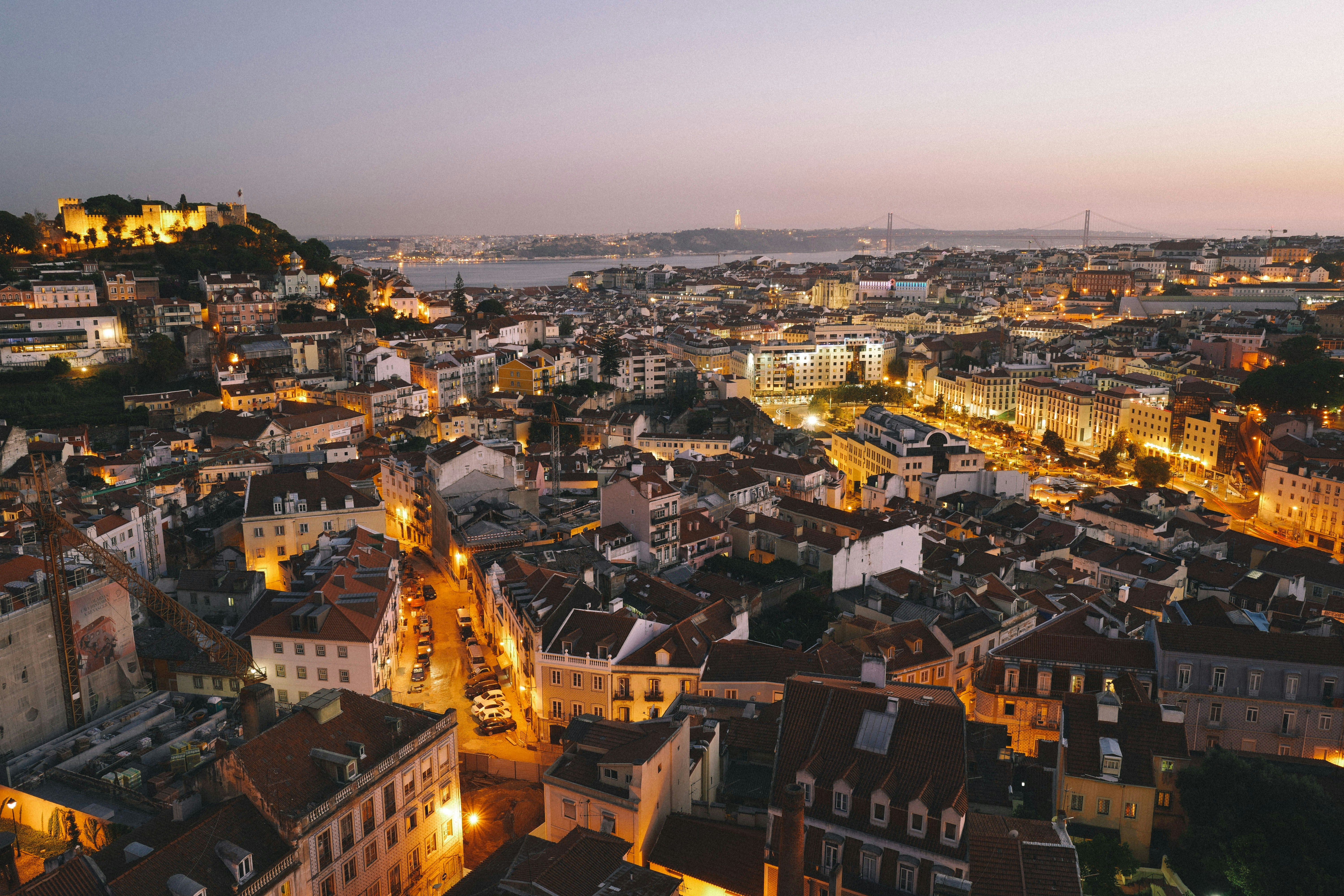
The Portuguese capital remains a good choice for all types of traveller due to its relaxed nature, beautiful architecture, a range of impressive tourist attractions and affordable options for accommodation and dining.
Highlights include the São Jorge castle, Belém Tower and Jerónimos Monastery, but in between you’ll find dozens of atmospheric squares, interesting museums and characterful districts such as Chiado and Alfama, filled with cobbled streets and quality eateries. Viewpoints are a notable feature of this hilly city – with the best at the Portas do Sol or Panorâmico do Monsanto – as is the nightlife; head to Bairro Alto to sample the best.
The capital’s proximity to several other popular Portuguese locations means that day trips are a popular option while in Lisbon too. Cascais and Estoril are the choice for beach lovers, while Sintra houses a famed castle belonging to Portuguese royalty.
Where to stay
White, wide-open spaces with cool, clever nooks at the Hotel Convento do Salvador make this former convent one of the loveliest spots for lounging in the labyrinthine, old Alfama district. You’ll need the rest after climbing up the steep neighbourhood streets to the door. Squint and the furnishings in the immaculate rooms look just enough like designer classics for the price.
Prague
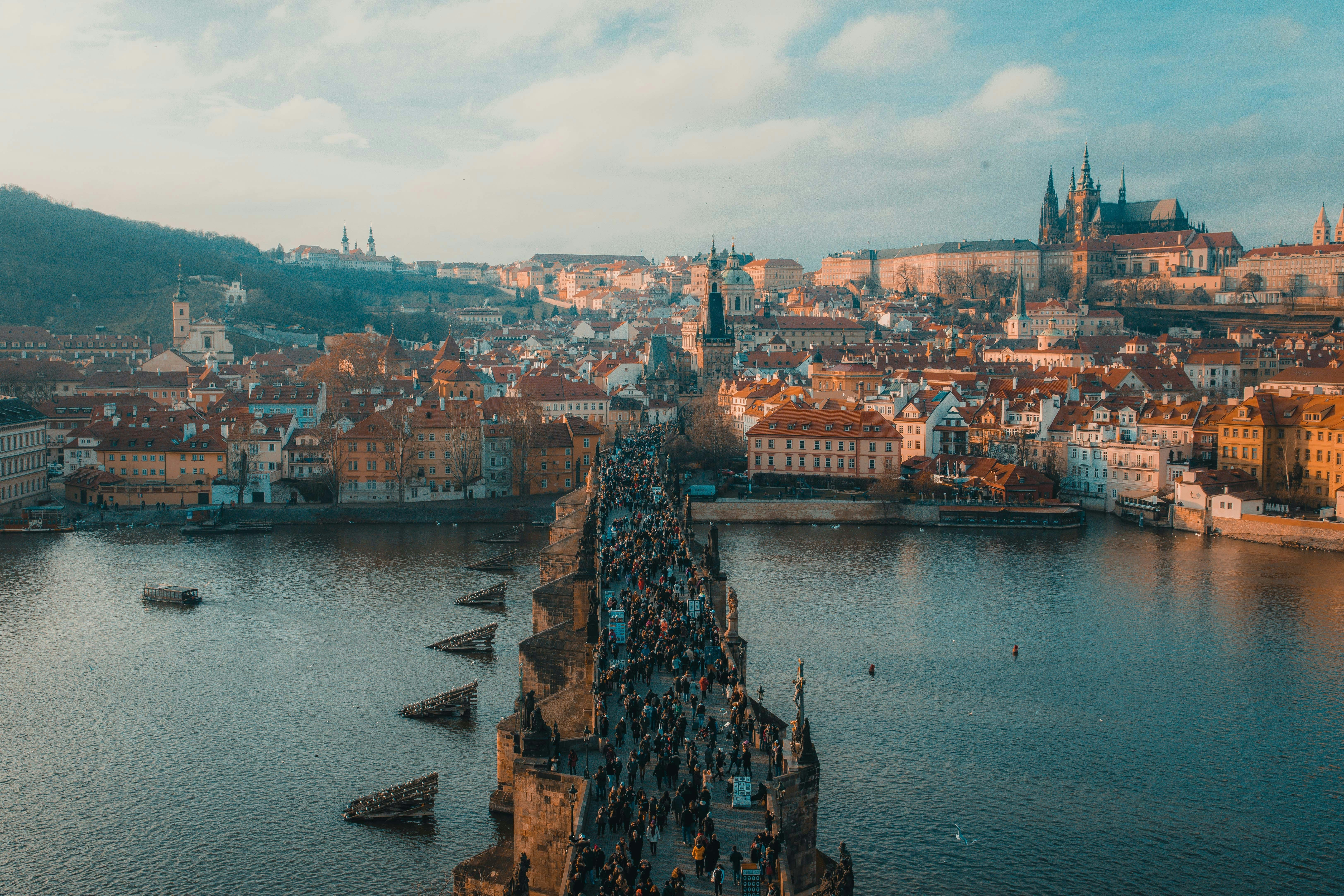
Prague is one of Europe’s most romantic cities, and one that pairs picturesque views with a refreshingly distinctive culture. It’s centred around its two main plazas – Wenceslas Square and Old Town Square – the latter of which is home to the famed Astronomical Clock and a range of year-round alfresco dining and drinking options.
The Old Town itself is a maze of narrow alleys, verdant gardens and medieval buildings, among which are dotted most of the city’s historic landmarks and some renowned eateries. A walk eastwards will take you to the Charles Bridge, perhaps Prague’s most atmospheric landmark. Cross over to arrive in the ‘Little Quarter’ and take a trip to Prague Castle, the largest ancient castle in the world. Alternatively, make your way to Wenceslas Square, the heart of ‘New’ Prague, to find quaint markets and the city’s main shopping thoroughfare.
Where to stay
The Absolutum Wellness Hotel, located in Holešovice, one of the city’s trendiest neighbourhoods, blends seamlessly into its surroundings, with simple, chic fittings, a boho brickwork restaurant and a wellness centre.
Read more on Europe travel:
Amsterdam
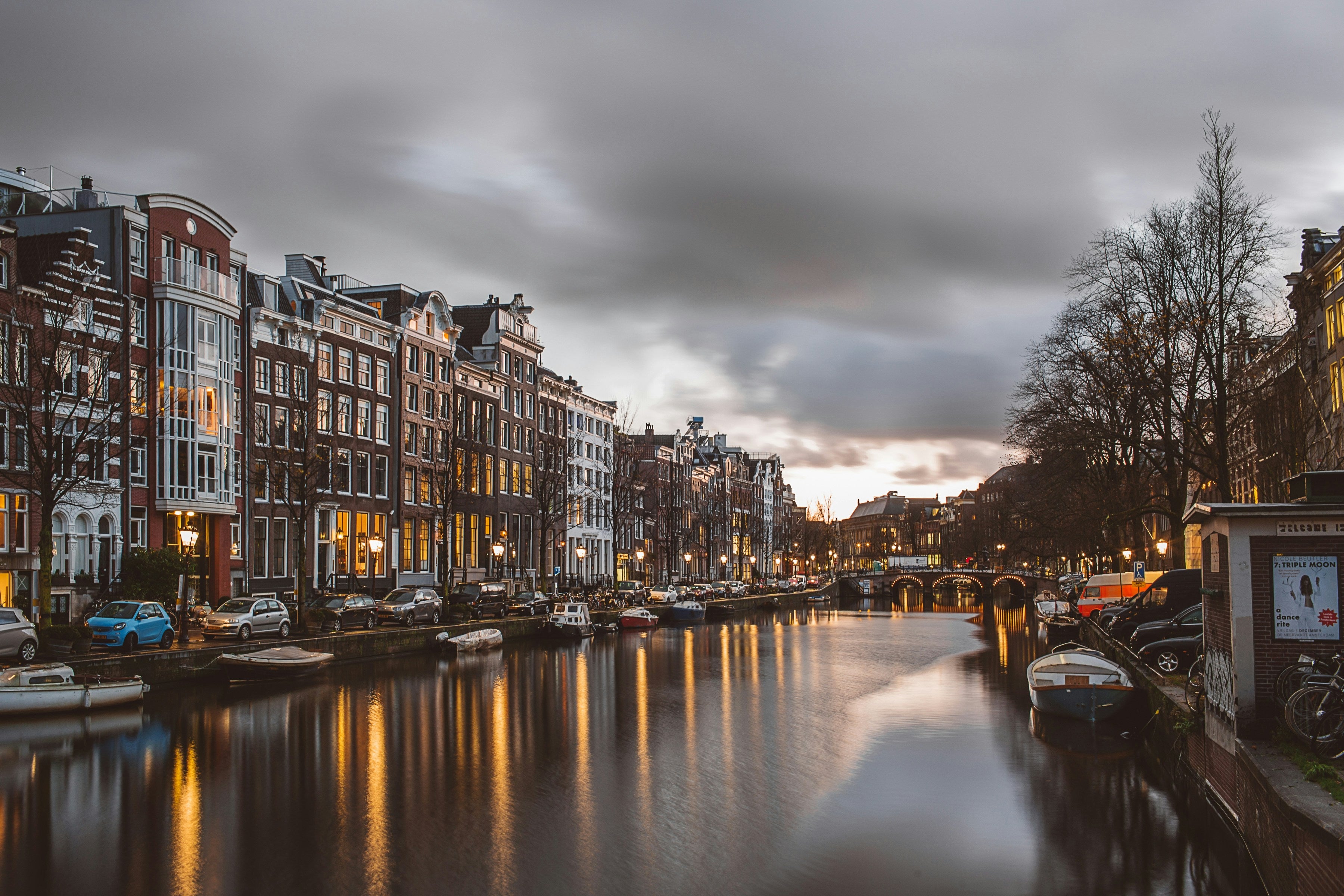
The Dutch capital needs no introduction, having remained popular with British holidaymakers even after a local campaign to drive away “nuisance” UK tourists. Amsterdam simply remains too tempting a destination, with its network of canals and cobbled streets lined by gabled houses adorning countless Instagram feeds.
Attractions such as the Anne Frank House, the Van Gogh Museum or the Rijksmuseum make Amsterdam a particularly good choice for sightseeing couples and solos, with parks like Oosterpark and Vondelpark offering some greenery in amongst the waterways. But much of this city’s charm is found through aimless strolling, so make sure to venture out of the centre and De Wallen (commonly known as the Red Light District) and instead make a beeline for trendy neighbourhoods like De Pijp or Jordaan (after you’ve done the customary river cruise or Heineken experience).
Where to stay
Nestled in the corner of Oosterpark, Hotel Arena is full of historic features and minimalist design. It has large, comfortable guest rooms and a lively restaurant/bar area looking out onto a terrace and lots of greenery.
Paris
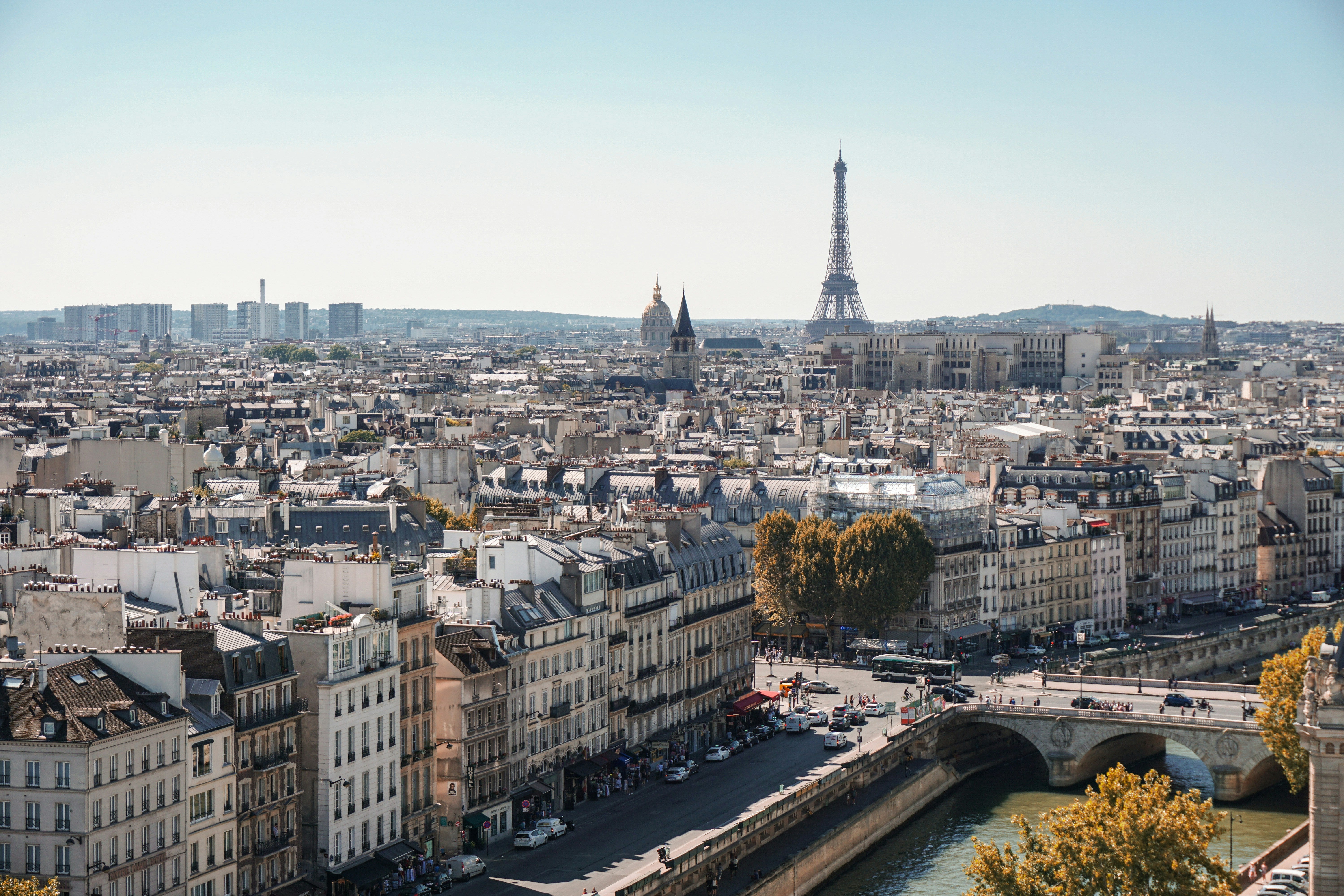
What more can really be written about the French capital? Long the gold standard for the romantic getaway, but with masses to do for families and solo travellers too, the city is in the midst of preparing to host the 2024 Olympics, having played host to games in the Rugby World Cup in 2023. Arrive over Easter to beat the summer crowds, with plenty of opportunity to see the classic sites – notably the Eiffel Tower, the Louvre and Notre Dame. Most will make an effort to fit in a walk down the Champs-Elysées (towards the Arc de Triomphe) too, and there are plenty more galleries and museums if you need them, from the Musée d’Orsay to the Palais de Tokyo.
As with many European capitals, Paris also has a wealth of different neighbourhoods to explore. Montmartre attracts many wanting to see Sacre Coeur and the surrounding café-filled streets, while nearby Pigalle – home to the Moulin Rouge – and the trendy Latin Quarter are nightlife hubs that are bustling during the days. Marais is a leafy, quieter alternative, while Saint-Germain-des-Prés is the place to go if you want old school hotels, cafe and eateries.
Where to stay
Hotel Rochechouart epitomises old-world glamour. The Art Deco dining room looks like a Hemingway haunt and the top floor suites are palatial.
Valencia
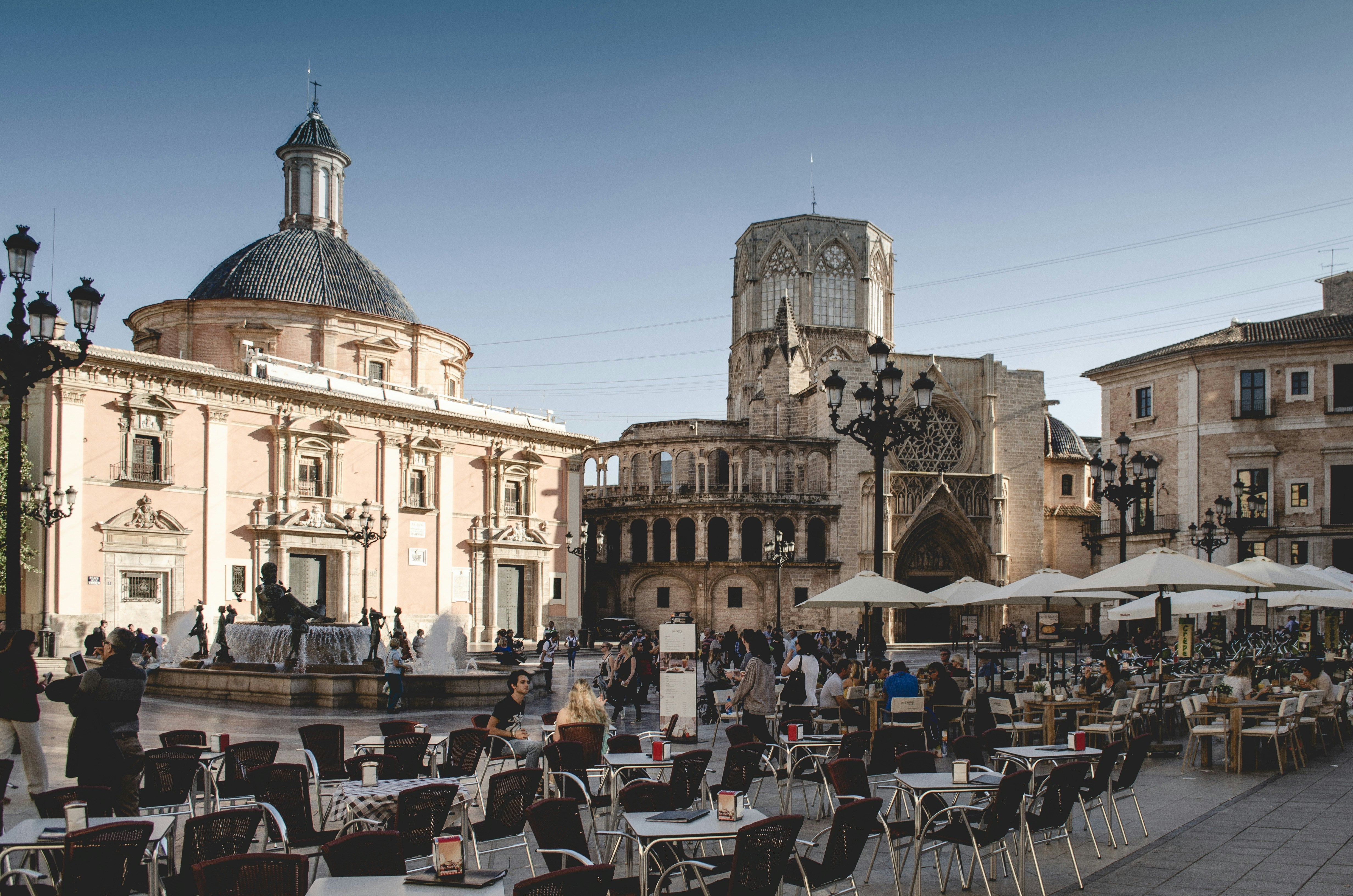
Valencia offers visitors balmy temperatures and plenty of sunshine even at the end of March, so days can be spent by the Med on the sands of Malvarrosa and Patacona.
What’s more, the slightly-lower-than-summer temperatures mean that it’s a great time to explore the city, with walks and cylce rides through the Turia Park – a five-mile park that runs along the diverted river bed – an ever-popular way to spend an afternoon. At the end of the route sits the City of Arts and Sciences, Valencia’s avant-garde architectural treasure.
Central Valencia is divided into three ‘main’ parts. The Old Town is the most quintessentially Spanish area with plenty of charm found within its winding alleys, tapas joints and bars. Start at Plaza del Ayuntamiento, the city’s main square, and head north to Plaza de la Reina and Plaza de la Virgen, both of which are atmospheric and a little more laid-back. To the north and west, the areas of Carmen and Ruzafa are the trendy neighbourhoods, home to locals and expats alike who enjoy a high quality range of restaurants, bars and cafes.
Where to stay
For easy access to the main station and a short walk to the city centre, Hotel Zenit is a good option, with comfortable, contemporary rooms and a great buffet breakfast.
Sorrento
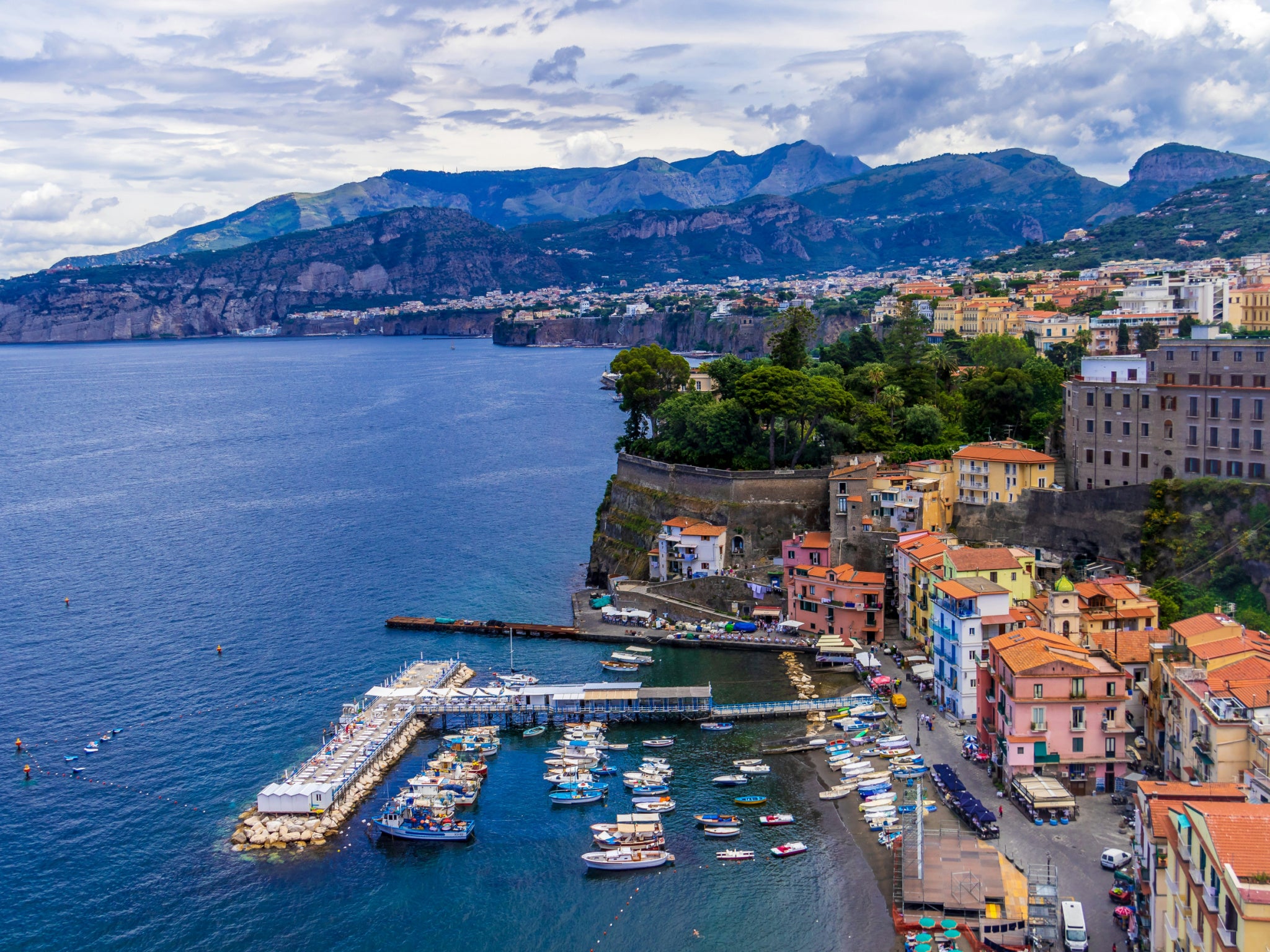
Italians celebrate Holy Week from Palm Sunday, the sunday before Easter, until Easter Saturday, and the city of Sorrento takes it very seriously. On Holy Thursday, locals and visitors gather for the White Procession that represents the Virgin Mary wandering in search of the Son. It starts at the Church of Annuziata at 3am and goes through the city, with participants dressed in white robes and cowls. Streetlights are turned off, with the only light coming from the torches held by some of the participants.
Temperatures hover around a pleasant 18 degrees in the daytime, which is ideal for hiking or cycling along the famous cliff-top paths. If you’d like to really challenge your legs and earn your post ride refuel, climbing Mount Faito is a 40km round trip and you’ll be rewarded with breathtaking views of the Gulf of Naples out to Mount Vesuvius.
You can also take a day trip to Capri and the famous Blue Grotto. In peak summer, you would be queuing to go inside this cave flooded with brilliant natural blue light that’s only accessible by a rowing boat, but crowds will be more manageable in April.
Where to stay
Offering unspoiled views over the Gulf of Naples, the Grand Hotel President occupies an elevated position above Sorrento. A great destination for a romantic holiday, it has a cosy and intimate restaurant serving a mix of Italian and international flavours in a beautiful setting overlooking the bay. Most rooms have balconies with sea views.
Tenerife
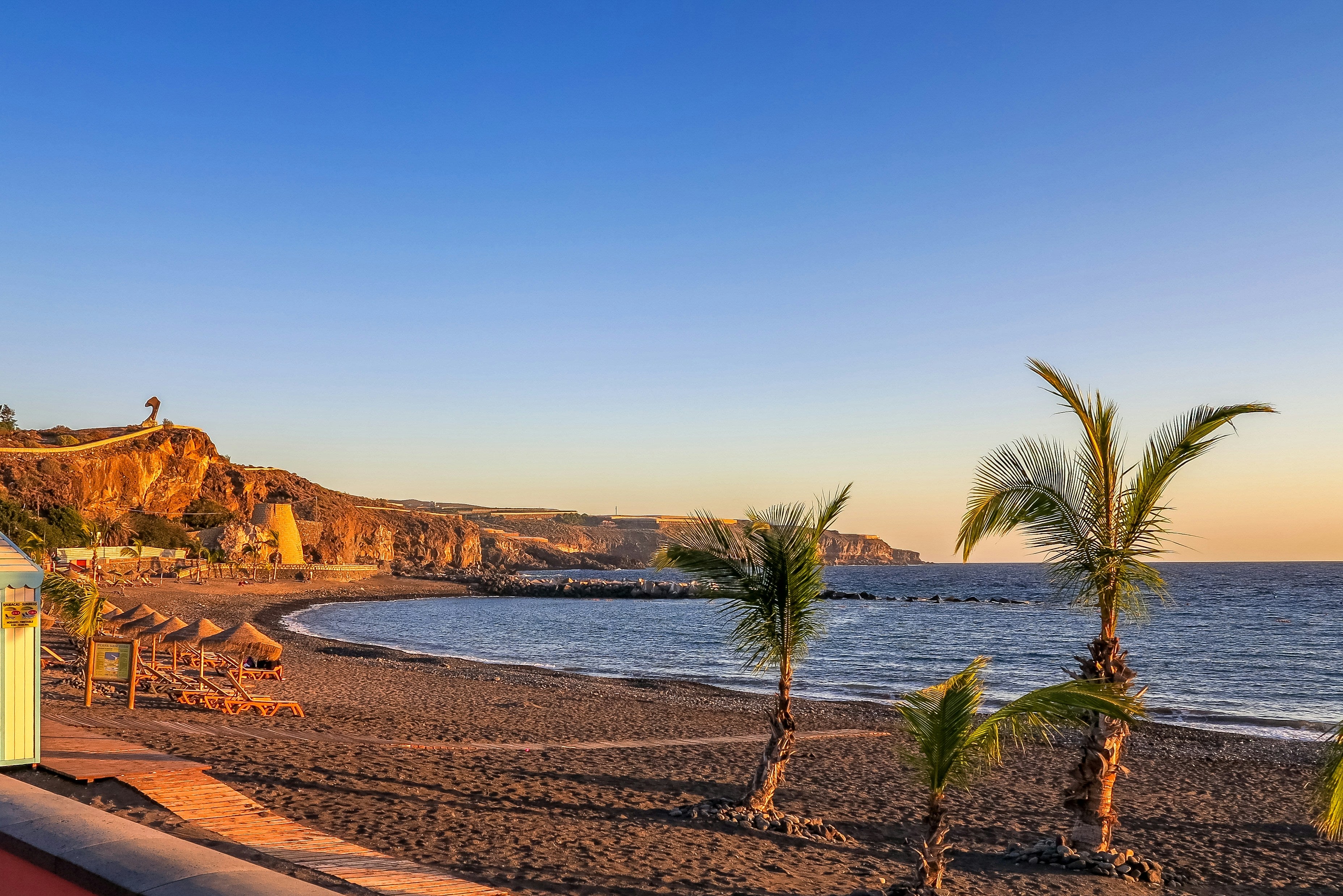
Tenerife is a popular destination for Brits due to pleasant year-round temperatures, with average highs over 20C even in the depths of winter. This provides great conditions for exploring the island’s many natural sites, whether you’re hiking around Mount Teide, an active volcano that is Spain’s highest peak, trekking through the Anaga Rural Park or strolling through the 30-acre gardens of the Palmetum.
The resorts of Los Cristianos and the Costa Adeje are where many of the larger hotels and family-friendly resorts are located, but don’t overlook the capital, Santa Cruz, and Playa Teresitas, one of the best beaches on the island. You’ll likely find plenty of nightlife if you choose to stay in the main resort areas, and dozens of options for all-inclusive stays if that takes your fancy.
Where to stay
A tropical heated swimming pool, extensive gardens and a beach club with saltwater pool make the four-star Dreams Jardin Tropical Resort & Spa an enticing place to just sit and do nothing.
Malta
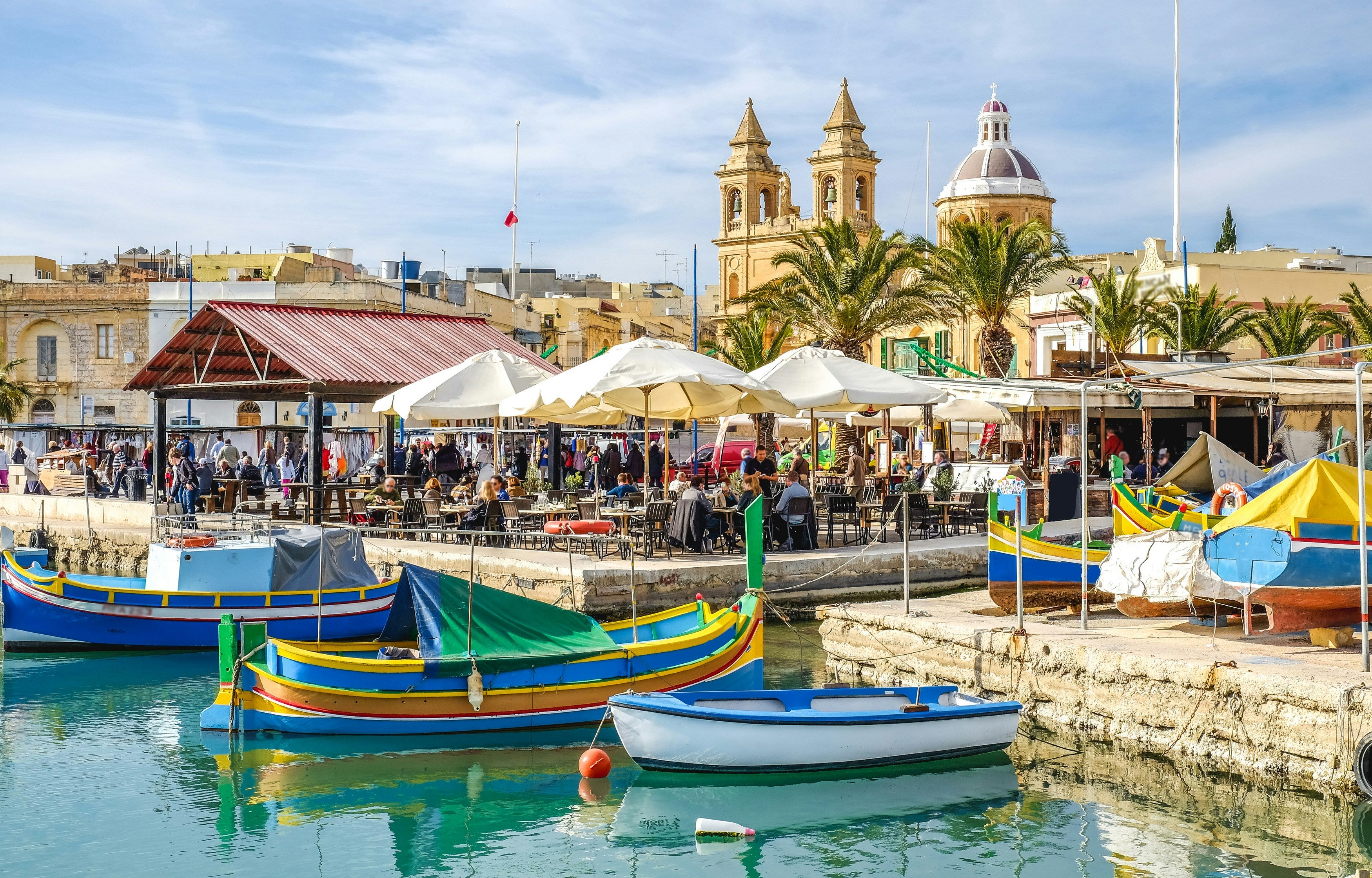
Despite being one of Europe’s smallest countries, Malta’s ability to offer year-round good weather, travelability and winning combo of natural beauty and historic attractions means that it is one of the continent’s most popular tourist destinations.
The island has several resorts in which you can base yourself, from quieter spots like Mdina or Mellieha to party hotspots like St Julian’s. Many will opt for Valletta, the nation’s capital, where 320 monuments line the ancient streets and market squares, with architecture ranging from Baroque to neoclassical (be sure not to miss the Grandmaster’s Palace and St John’s Co-Cathedral, which date back to the 1500s). If you want to avoid the capital then the best choices are Mellieha – for great beaches and laid-back days – or St Paul’s Bay, for modern amenities, new resorts and plenty of entertainment.
Where to stay
The family-friendly Marina Hotel resort has a huge pool area backdropped by gorgeous sea views. The Sun & Fun centre has jet-skis canoe and paddle boats to hire, as well as parasailing and banana rides.
Cancun
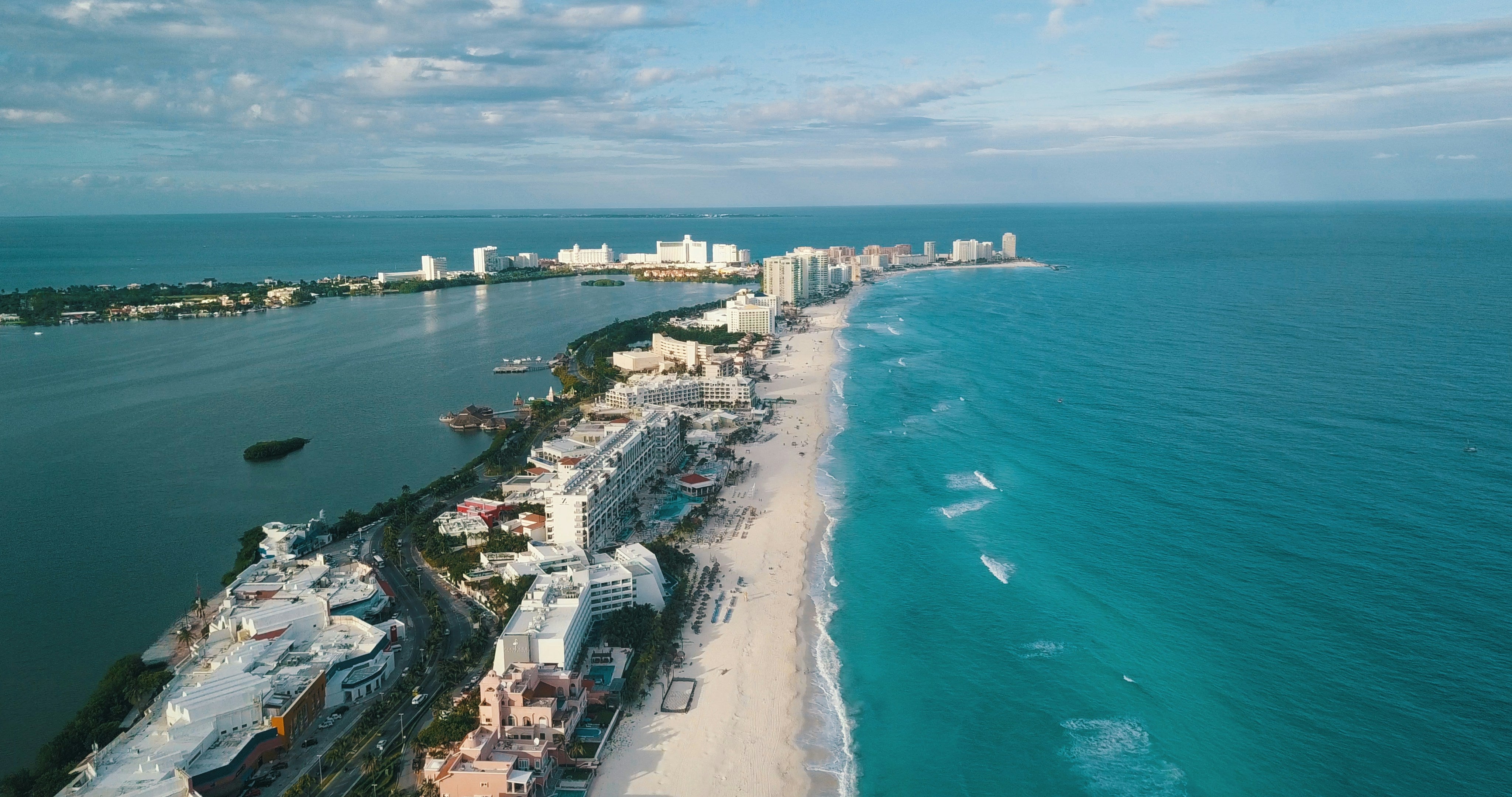
Cancun has a well deserved reputation as a resort filled with buzzing nightlife spots, fantastic hotels and a generally laid-back feel.
The weather is usually ideal for a beach holiday, meaning it’s easy to make the most of the Mayan Riviera’s white sand beaches and turquoise waters – such as those of Playa Delfines and Chac Mool – whether you prefer jet skis, scuba diving on the Mesoamerican Reef or just good old sunbathing. In the evening, head to Avenida Kukulkan and Punta Cancun to get a taste of the region’s famous nightlife.
It helps that there’s a wealth of natural and historic sites nearby too, with towns and ruins like Tulum, Chichén Itzá and San Miguelito, and the area’s natural cenotes (limestone pools), all within easy reach.
Where to stay
For beachfront break with an infinity pool, look no further than Hotel NYX Cancun. The chic, modern rooms are a good size, whether you opt for a lagoon or sea view.
Dubrovnik
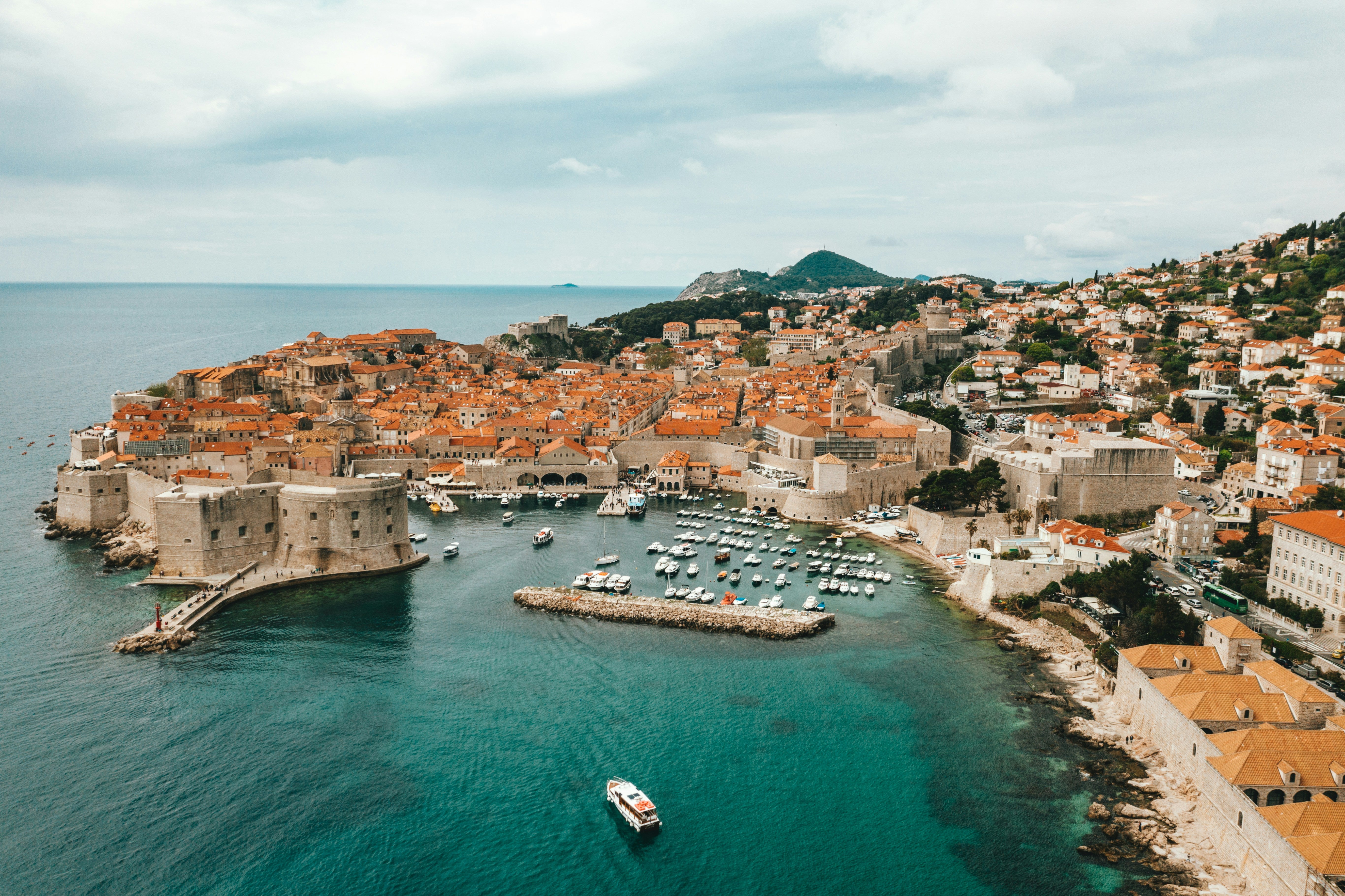
Dubrovnik has well and truly established itself on the tourist radar, with its striking medieval walled Old Town alone reason enough to visit this sun-drenched city. The honey-hued walls, limestone alleys and russet roofs are complemented by the rugged coastline and emerald waters of the Adriatic, with beaches like Lapad and Copacabana popular with locals and visitors alike.
There is less to see here than in other European tourist hotspots, though a walking tour is a good place to start. Game of Thrones fans can explore several filming locations from the series, most notably Lovrijenac Fort and the Jesuit Staircase, while the Dubrovnik cable car offers great views of the city and the coast on the journey up Mount Srd. Alternatively, take a day trip to an island – Lokrum is one of the most popular.
Where to stay
The Hotel Dubrovnik Palace sits on its own peninsula near the beaches of Lapad, with outdoor pools, bathing platforms, tennis court and gardens that tumble down the hillside towards the Adriatic.
Madrid
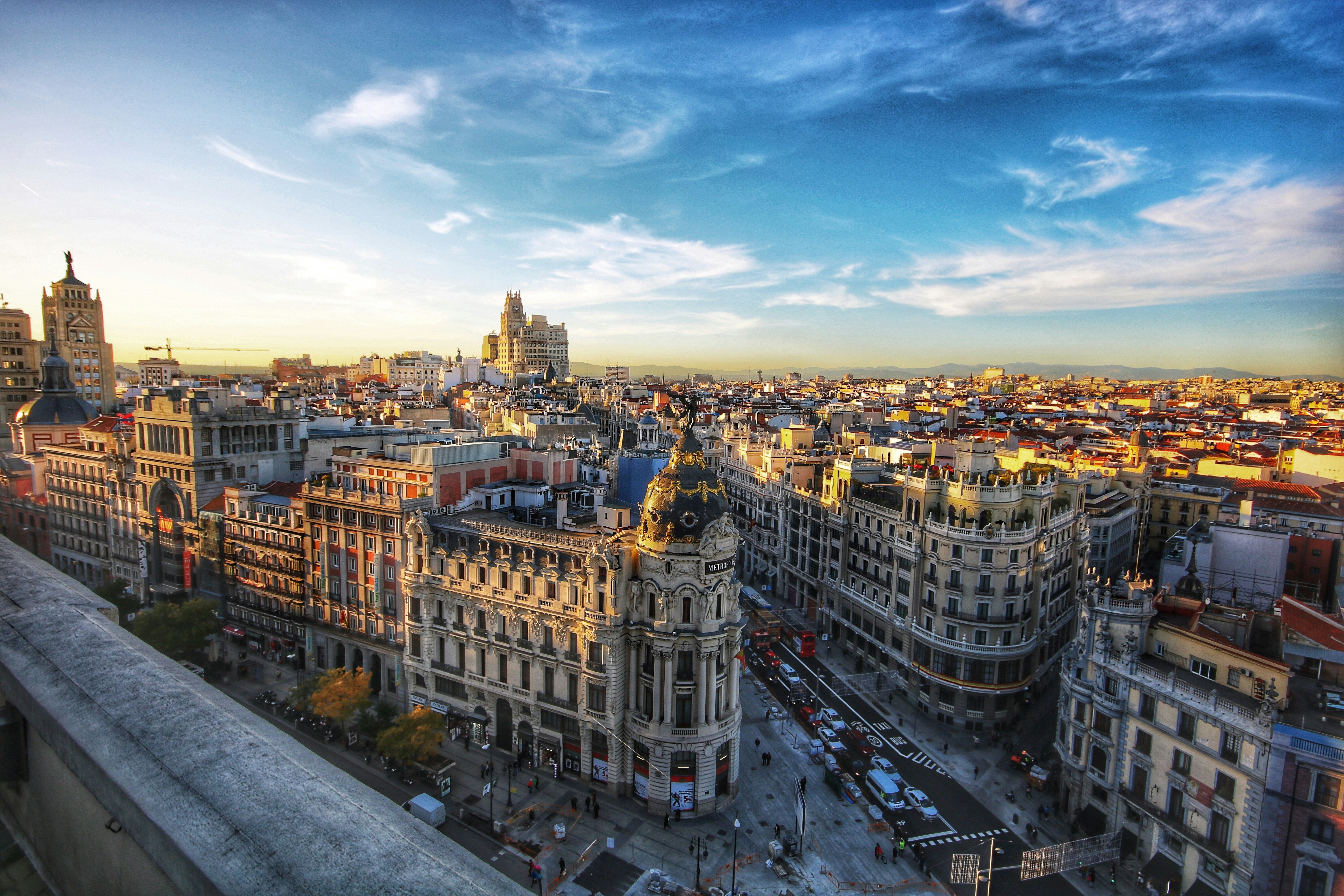
Spain’s capital is sometimes overlooked by tourists, but this city is the most authentic show of modern Spain that the country has to offer. From the slew of tapas bars, tavern restaurants and districts filled with Iberian charm, to several of the country’s most important cultural institutions, Madrid is a must-visit for anyone who wants to see quintissential Spain.
Gran Via is the modern heart of the city, and is the most popular area with tourists (especially first-time visitors). From here it’s easy to walk to the most famous plazas, the Puerta del Sol or the 16th-century Plaza Mayor.
Sightseers should leave time to walk around the Royal Palace and the nearby El Retiro Park (as well as its Crystal Palace), while the nearby ‘Golden Triangle’ of art museums, including the Prado and the Reina Sofia, is home to the works of artists including Picasso and Velázquez.
Away from the touristic areas, explore neighbourhoods like Malasaña, Chueca and La Latina to sample a taste of local life. Whether you want to sip coffee in a quaint café, window shop at independent stores or while the night away outside a range of tapas bars, these are the places to head for a slow afternoon or long evening.
Where to stay
The Álvaro Alcázar gallery provides changing selections of paintings and sculptures at the Pavilions Madrid, which is just beyond the more touristy areas but still walking distance to shops, restaurants and museums.
Malaga
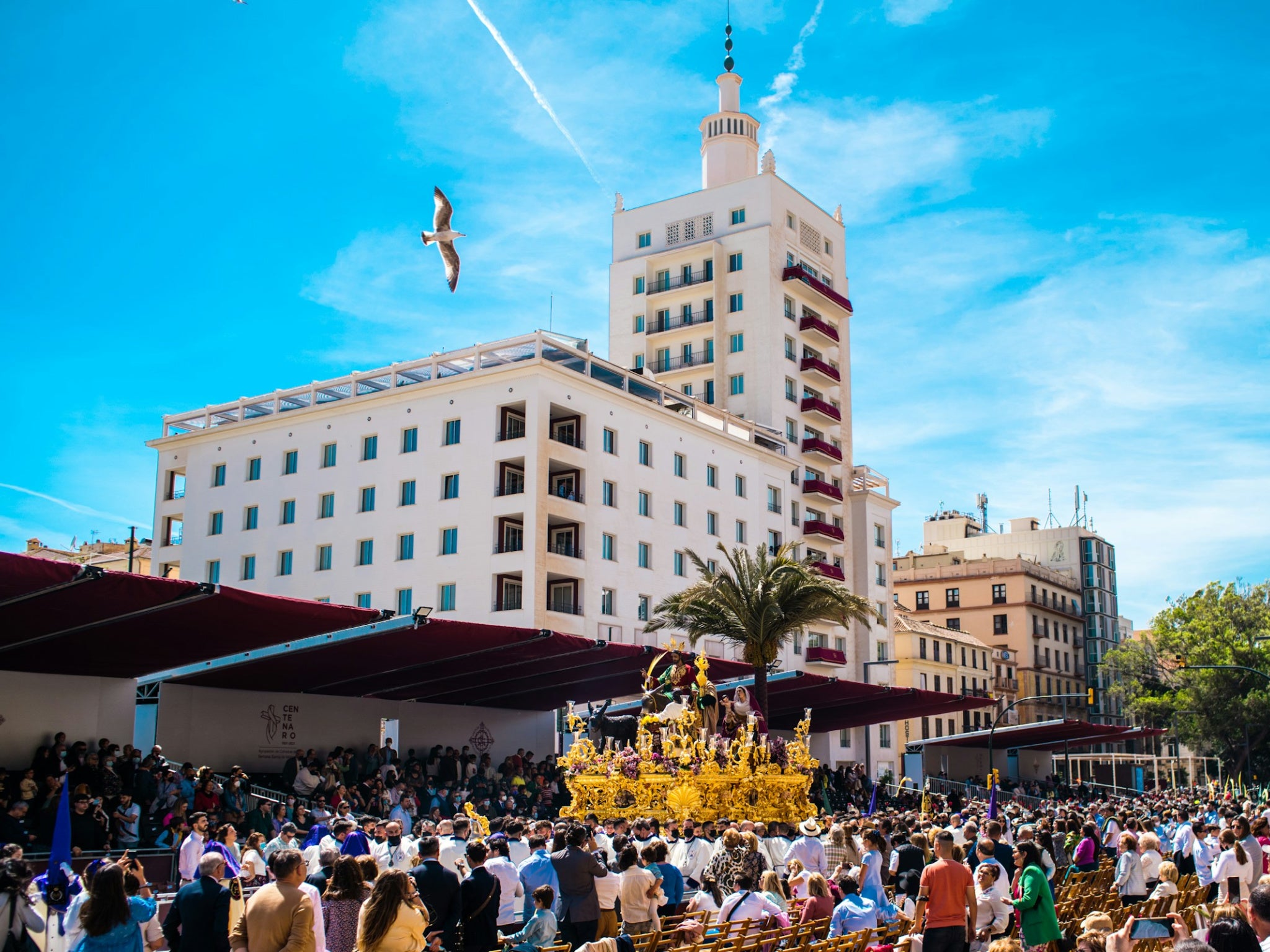
With average daily temperatures of 22 degrees, early April is the ideal time to visit Malaga, particularly if you have young children who don’t cope too well with the heat of full summer. Another advantage is that it’s pre-peak tourist season so you’ll have more space to spread out on one of the nearby sandy beaches.
Malagueta beach, located just 10 minutes from Malaga Old Town, is one of the most popular beaches. Stretching 1,200 metres across the front of the city, you can walk from one end to the other in about 15 minutes. Head to the western section of the beach – nearest La Farola Lighthouse – for the cleanest sand and the quietest spot, and then wander eastwards along the sand in the late afternoon to find freshly grilled sardines you can enjoy with a cold beer in one of the many eateries lining the promenade.
But there’s more to Malaga than beaches. Visit the week before Easter, around 24–31 March, and the city comes alive for Holy Week. All week long, different Malaga municipalities, including inland towns and coastal locations, parade through the streets carrying thrones they’ve decorated themselves, while onlookers line up alongside to cheer them on. The most famous parade is Cristo de Meno, which starts in Malaga port at 11am on Maundy Thursday, 29 March. Escorted by the Spanish foreign legion, it’s a massive event that attracts thousands of spectators every year.
Where to stay
With an award-winning kids club that children will actually pester you to go to, La Zambra is just oustide the centre of Malaga. While the kids are being entertained, the hotel offers one of the largest spas on the Costa del Sol. The 2,000 square metre wellness area includes 12 treatment cabins; a circuit area with two dynamic pools and one 15 metre swimming pool gently treated with salt; a large relaxation area; and a sauna area with Turkish baths.
Join our commenting forum
Join thought-provoking conversations, follow other Independent readers and see their replies
Comments